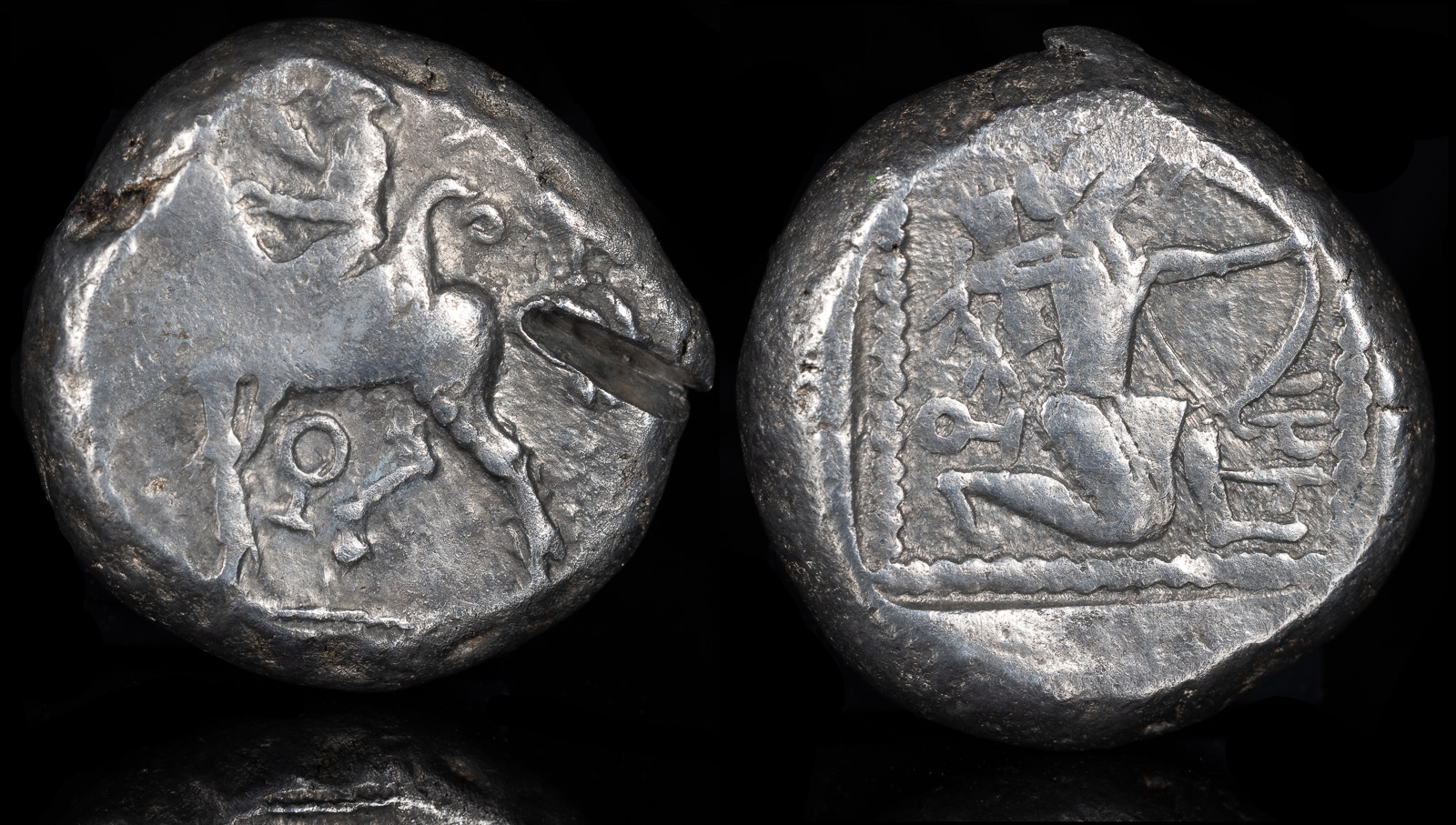Archer
View All Tags
Greek archers were typically light infantry armed with bows and quivers full of arrows. They lacked the heavy armor of hoplites, which made them more mobile but also more vulnerable in close combat. Archers often operated as skirmishers, using their agility and range to disrupt enemy formations, rather than engaging in direct hand-to-hand combat. Famous battles, such as the Battle of Marathon (490 BCE), involved archers, though their role was secondary to the more prominent hoplite forces. Greek archers were often mercenaries, recruited from regions with strong traditions of archery, such as Crete, Cappadocia, or Asia Minor, where archery was a more developed and respected skill.
In the Hellenistic period, following the conquests of Alexander the Great, the use of archers became more prominent, as Greek armies incorporated larger numbers of specialized troops. The Cretan archers, in particular, became renowned for their skill and were highly valued in the armies of Alexander and his successors. The Hellenistic kingdoms saw the development of auxiliary archery units, and archers played a more central role in military tactics, often working in concert with other specialized units like peltasts (light infantry armed with javelins) and phalanxes. The archers’ ability to strike from a distance and their mobility allowed them to disrupt enemy formations and provide valuable support to the heavier troops.
In the Roman world, archery was similarly important but underwent significant changes, particularly during the Republican and Imperial periods. Initially, Roman legions were composed primarily of heavy infantry, and archers were not as central to Roman tactics as they were to Greek or Persian armies. Early Roman armies relied on velites (light infantry) and slingers for ranged attacks. However, as Rome expanded and encountered new peoples with distinct military traditions, particularly the Persians and Parthians, the Romans began to incorporate more archers into their forces. During the late Republic and early Empire, archers, especially those from Syria, Crete, and the Eastern Mediterranean, became common in Roman armies, often serving as auxiliary troops.
The Romans were particularly influenced by the Parthian Empire, whose cavalry and archers were highly regarded. The Parthian shot, a technique used by mounted archers to shoot arrows backward while riding away from the enemy, became a tactic that the Romans sought to counter. By the time of the Roman Empire, archers were firmly integrated into the military structure. They were often used in auxiliary units (which were non-citizen troops from the provinces) and played a crucial role in battles, especially in the Eastern frontiers. The Roman archers were generally equipped with composite bows, which were more powerful than the simple wooden bows commonly used by earlier cultures. These composite bows were often made from a combination of materials such as wood, horn, and sinew, making them both strong and flexible.
By the late Roman Empire, archers had become an essential part of Roman military tactics, especially in the defense of the Empire’s borders. They were employed alongside cavalry and infantry, often serving as a screening force to protect the more heavily armored units. The Eastern Roman Empire (Byzantine Empire) continued to place great emphasis on archery, especially in the use of mounted archers, which remained a staple of Byzantine military strategy for centuries.

Cilicia, Tarsos
AR Stater 10.62g, 20mm, 9h.
Circa 440-400 BCE
Horseman (Syennesis?) riding to left, wearing kyrbasia, holding lotus flower in right hand and reins in left, bow in bowcase on saddle; key symbol below horse, eagle(?) standing to left behind / Archer in kneeling-running stance to right, quiver over shoulder, drawing bow; key symbol behind, ‘trz’ in Aramaic on the lower right; all within dotted border within incuse square
BMC -; SNG von Aulock -; SNG Copenhagen -; SNG Levante -; SNG BnF -, cf. 213 for types = Casabonne Type D2, pl. 2, 10 = MIMAA pl. V, 6 = Traité II, 523